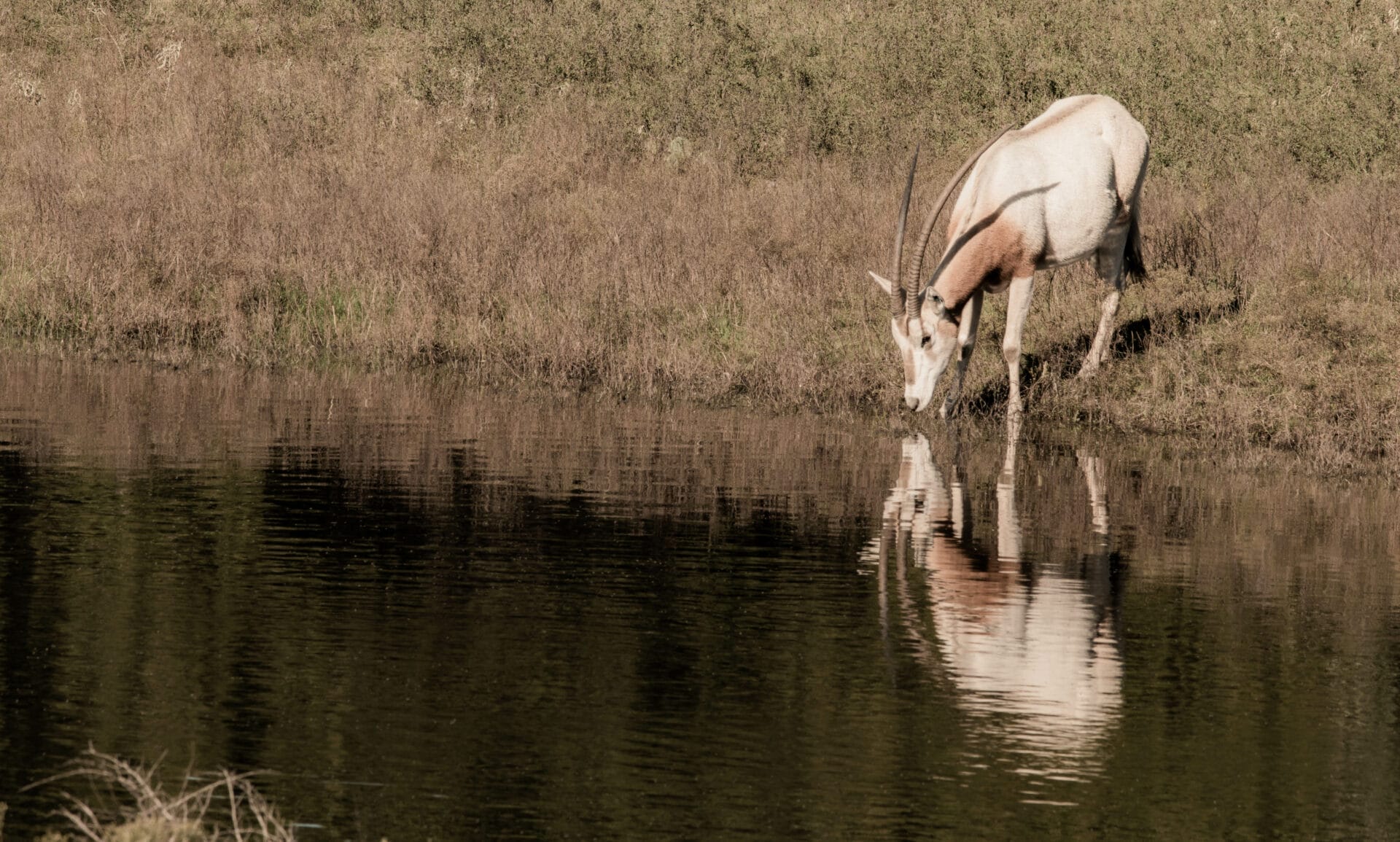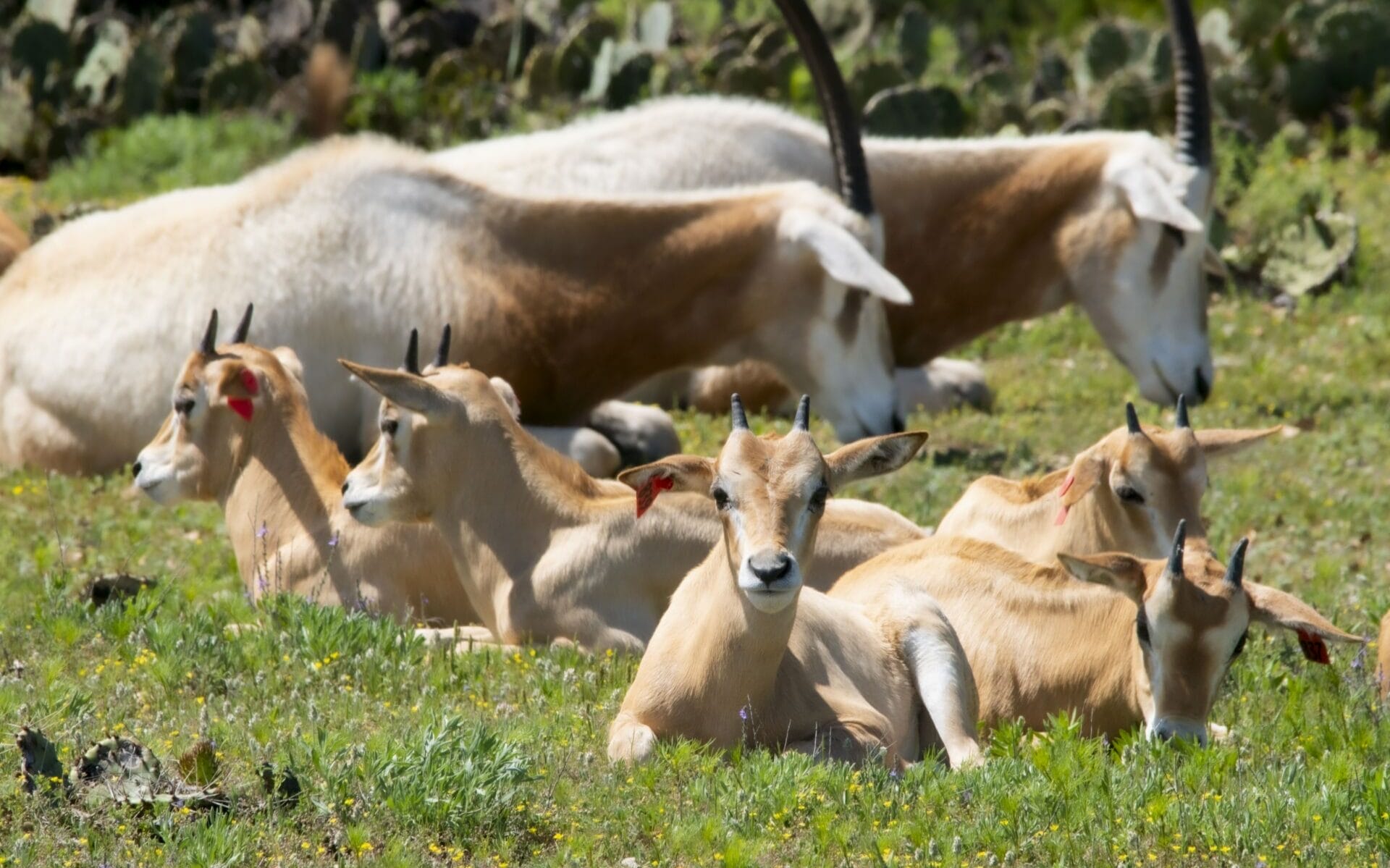In mid-December 2023, the scimitar-horned oryx, an African antelope, was officially reclassified as “endangered,” and conservationists around the world celebrated. Understandably, this might not sound like much of an achievement. In general, “endangered” is typically associated with a downgrade in status, not an upgrade. However, classifying species in terms of how at risk they are for extinction is not a black and white science. Different factors affect these statuses, some more obscure than others. When you consider the scimitar-horned oryx’s previous status of “extinct in the wild,” the reasons to celebrate become more clear.

A Colorful Critique
Whenever someone mentions a species being endangered or anything similar, they are most likely referring to its status on the IUCN Red List. IUCN is short for the International Union for Conservation of Nature, and the Red List is a collection of more than 100,000 species, each assessed for how well they’re doing in the wild. This list breaks down their classifications into seven categories, each representing a different level of risk. Since its establishment in 1964, it has been used by conservation organizations around the world to continually assess the statuses of all kinds of animals, great and small.
EXTINCT
EXTINCT IN THE WILD
CRITICALLY ENDANGERED
THREATENED
ENDANGERED
VULNERABLE
NEAR THREATENED
LEAST CONCERN
Since the year 2000, scimitar-horned oryx were one of around 80 species classified as “EW” or “extinct in the wild.” This ranking is second only to the final category on the IUCN Red List: “extinct.” It meant that while there may have been surviving members of the population living in the wild and/or in captivity, they were unable to reproduce successfully. For EW species, this could be because there are too few individuals left, or because those that do remain are too closely related to have healthy offspring. Other factors that could contribute to extinction in the wild could be a lack of resources to sustain a large number of animals, civil and international wars, climate change and poaching. Without human intervention, there is virtually no hope for one of these species.
Species are constantly being assessed and reassessed by the IUCN, moving up and down in status based on the most recent data. In today’s world, it’s not uncommon to hear news of yet another animal becoming threatened. However, in the case of the scimitar-horned oryx, becoming threatened meant that conservation efforts have slowly but surely been paying off. Understanding this, we can reframe our understanding of the IUCN Red List labels, and look at them as the data tool they are, and not as a death sentence that species are doomed to slowly creep down.
A Timeline of Conservation
For many species facing extinction, there are obstacles to any form of reintroduction. Whether that be a lack of suitable habitat to return to, or too few breeding individuals left, not every species can have such focused conservation efforts.

By the time scimitar-horned oryx were declared extinct in the wild, there were already individuals living in captivity in several facilities around the world. With this as a foundation, international conservation groups began to brainstorm, and focused on creating what they called a “world herd.” This herd would be made up of healthy individuals from facilities around the world, each coming together to form a new group that could be released onto a protected swath of land. In 2016, the first scimitar-horned oryx from this herd were released onto a massive wildlife preserve in Chad, Africa. Only a year later, the first wild calf in more than 20 years was born.
This success spurred on conservation efforts, and with the help of groups in London, Abu Dhabi, the United States (including Fossil Rim) and more, dozens more antelope were released, with birth rates increasing year by year.
Reframing Status
The scimitar-horned oryx is a special case, but not a solitary one. Although the circumstances surrounding their comeback were more hopeful than some species, their reintroduction shows that it is possible.
Keeping in mind everything that we have seen from this antelope and species like it, we can begin to reframe our concepts of the IUCN Red List. Rather than doom scrolling through the pages of endangered species, we can view their statuses as a priority list pointing to which species need our attention most. Whether it’s reintroduction via a world herd or a method to increase births or restore habitat, here are methods to fix what is broken. So join us in celebrating the endangered scimitar-horned oryx, and ways in which you can help projects focused on restoring other species around the world.


